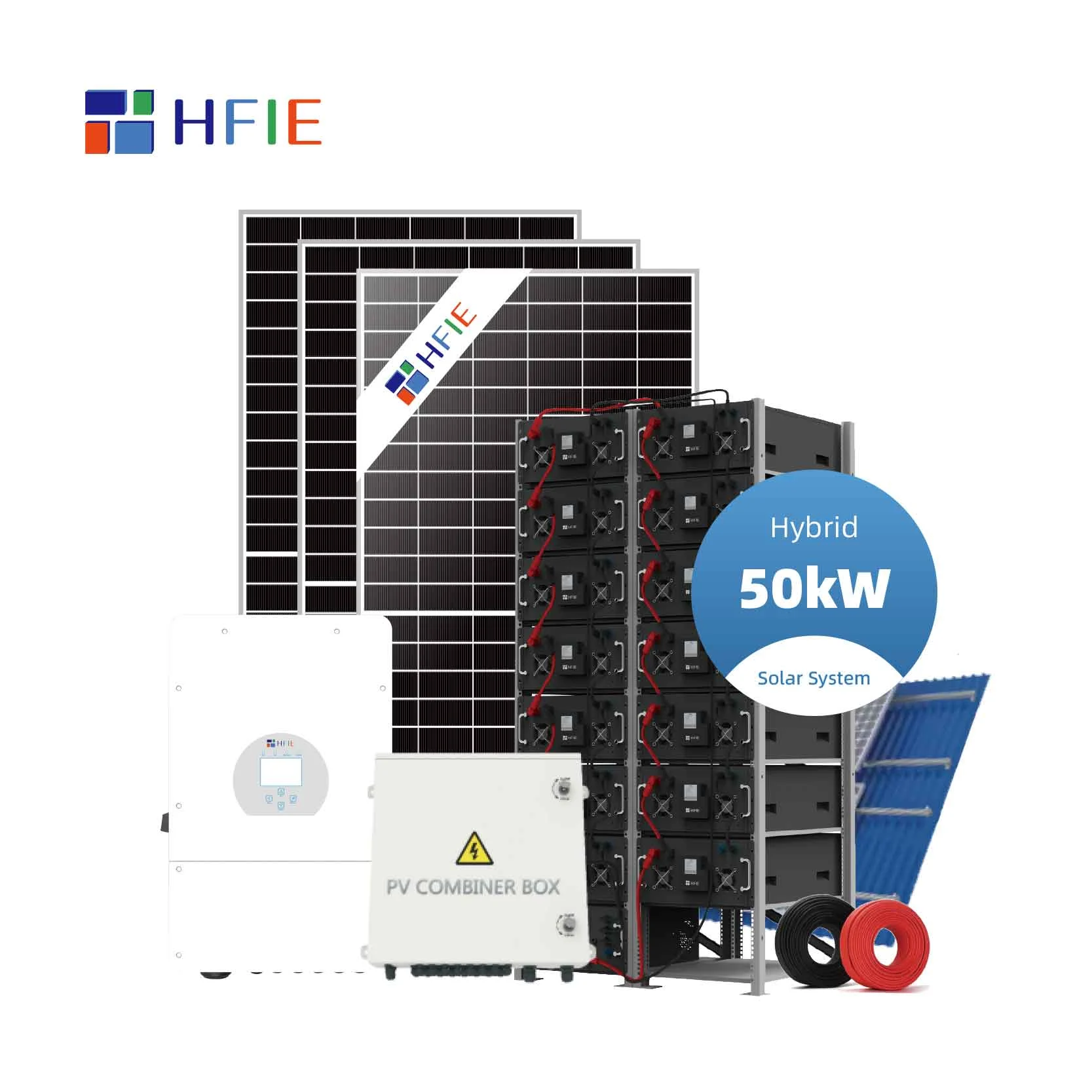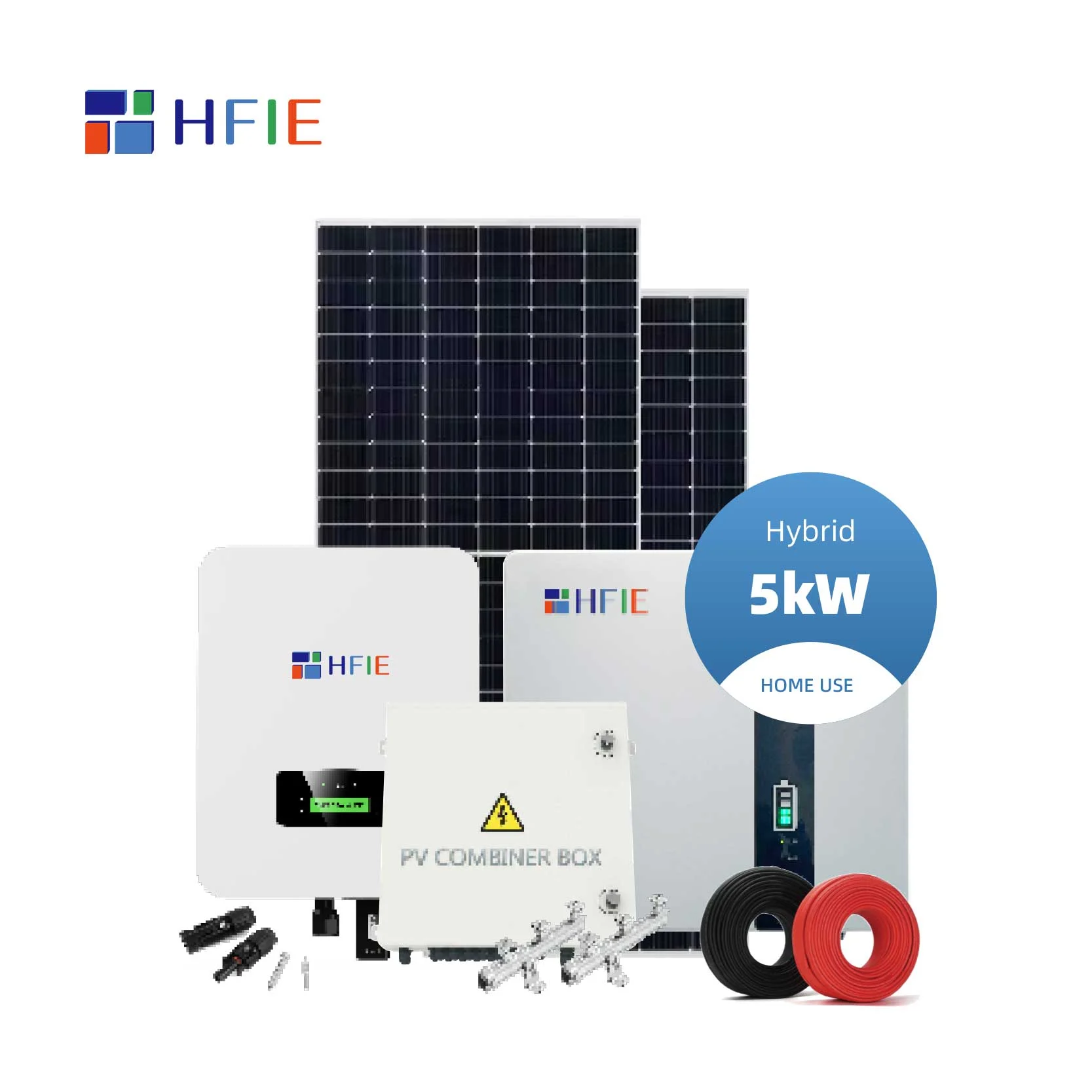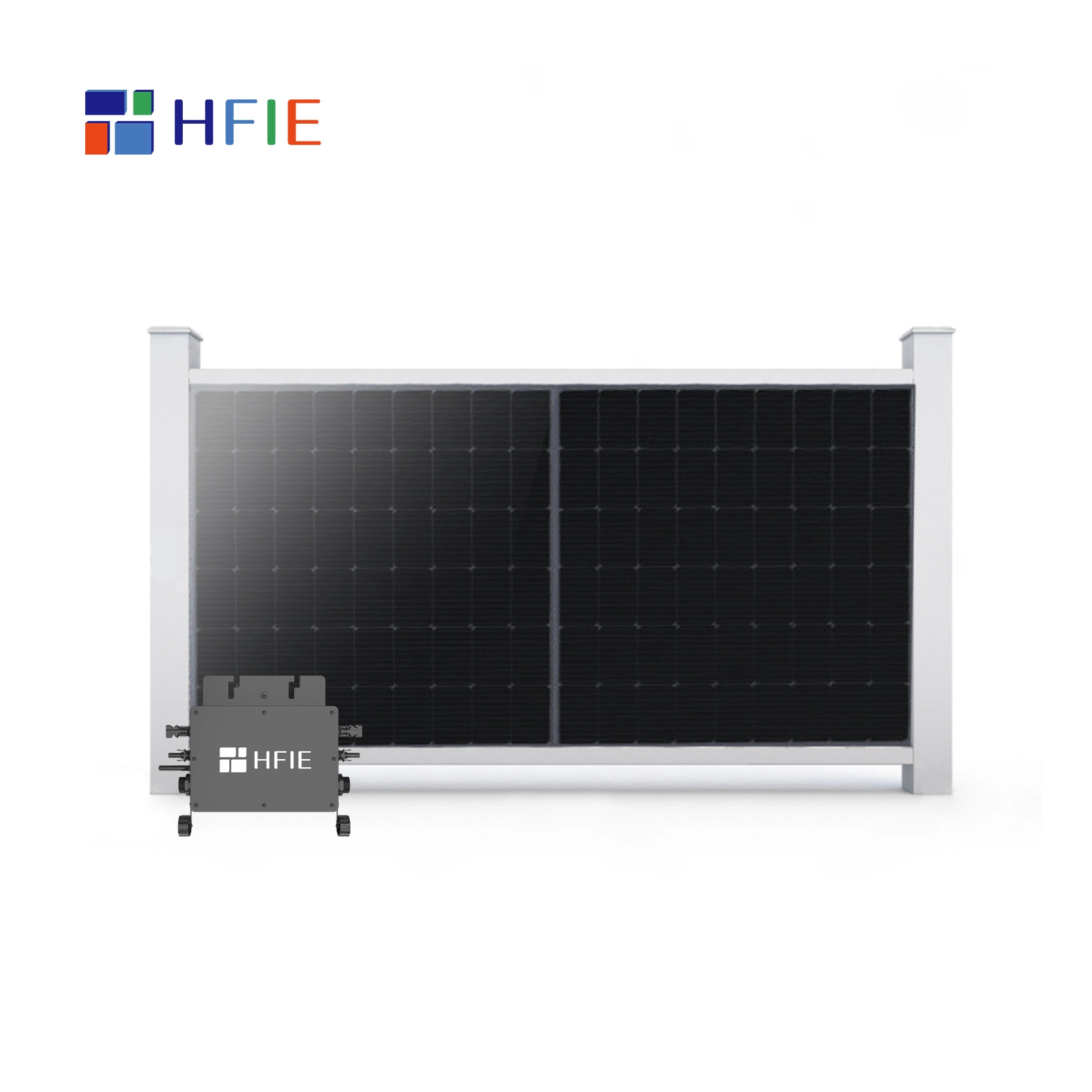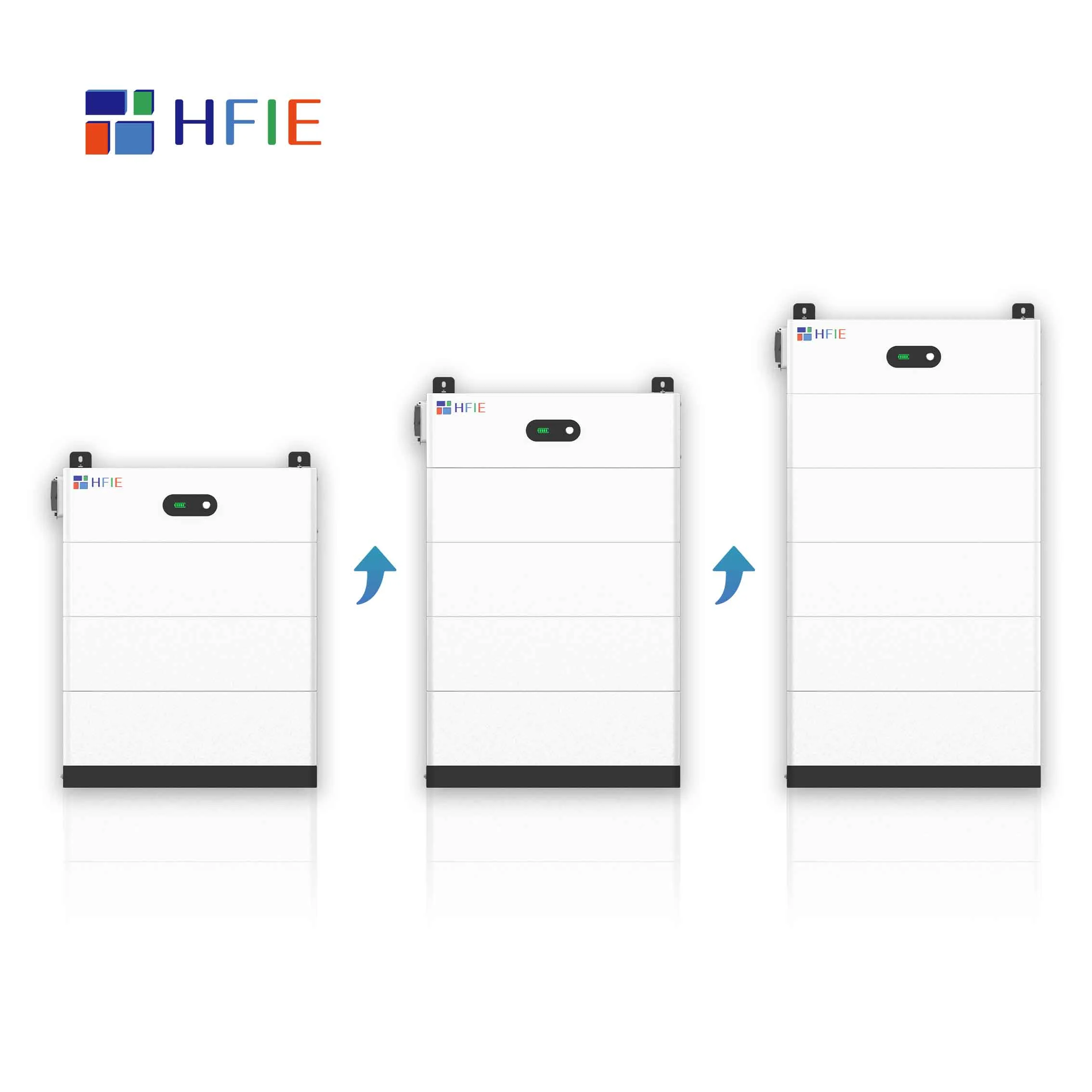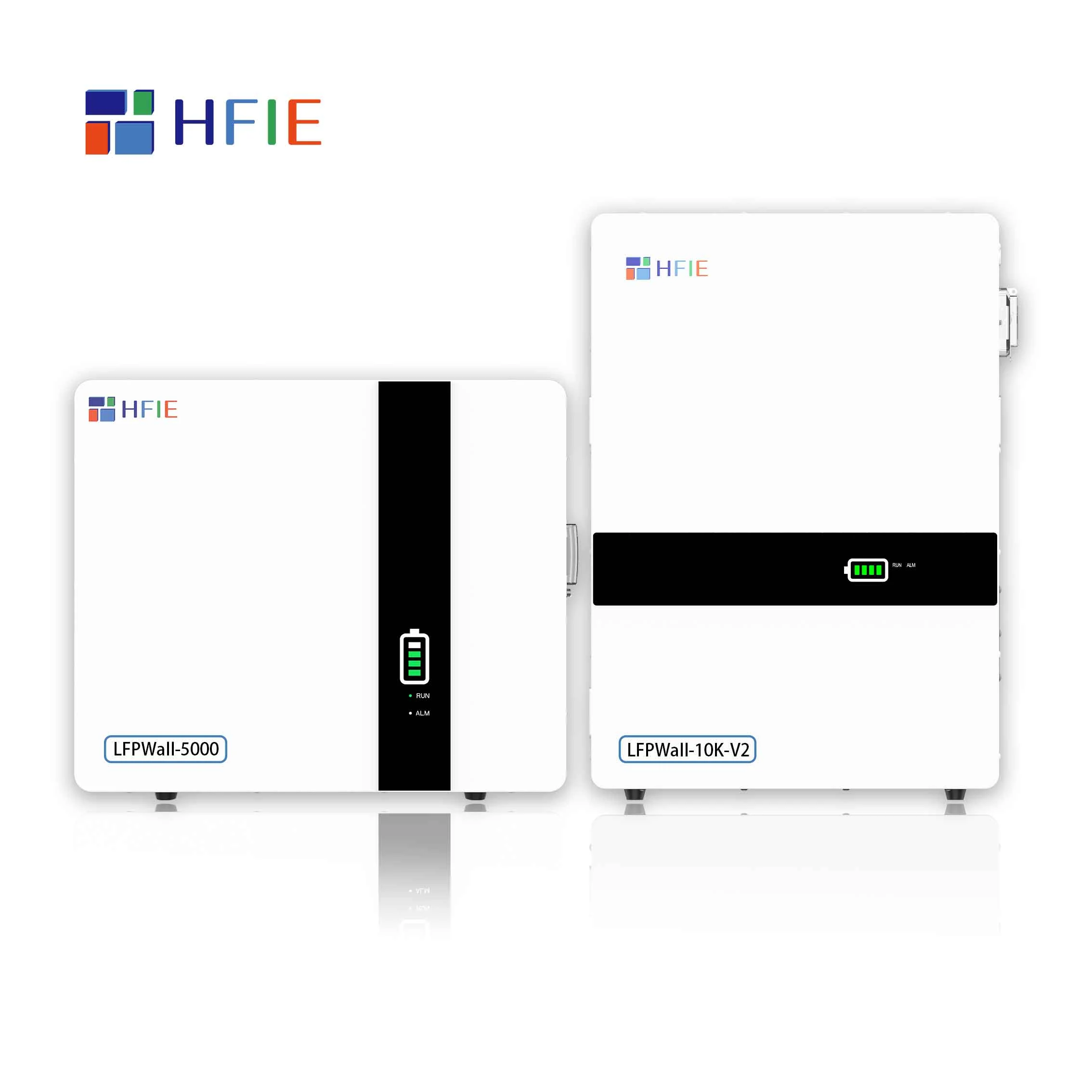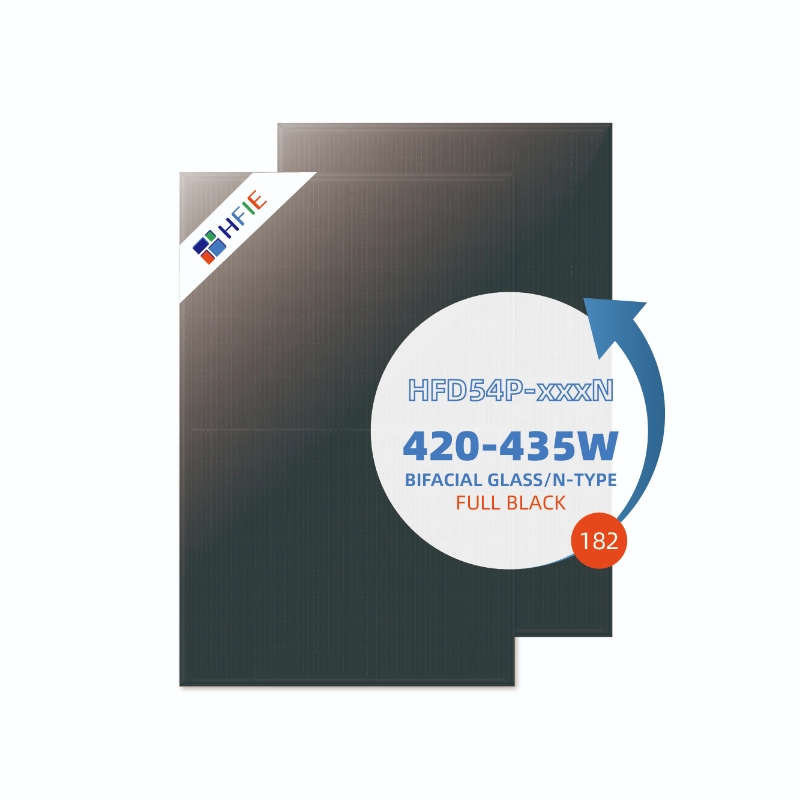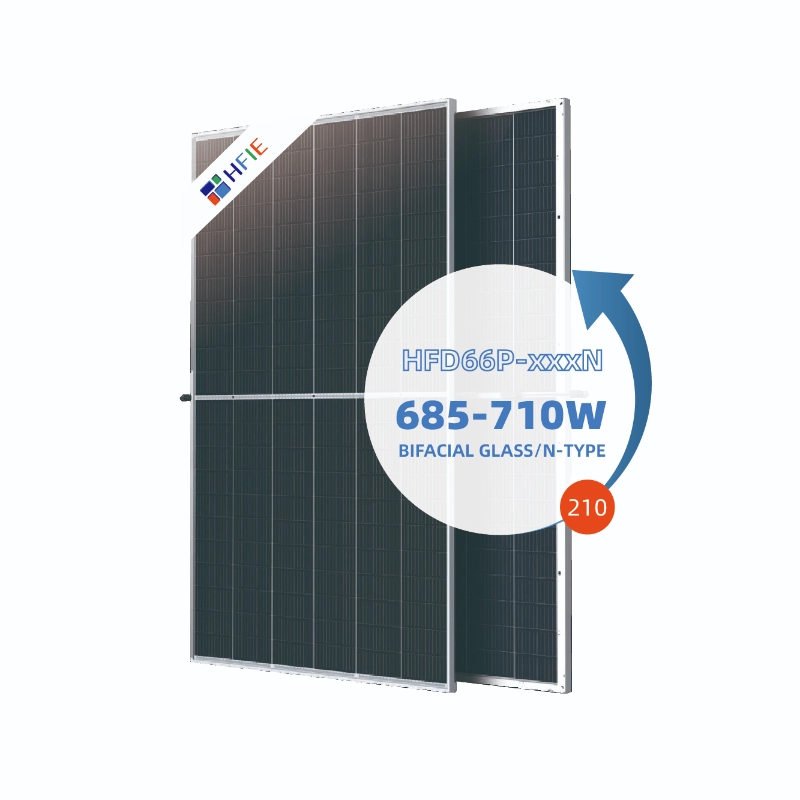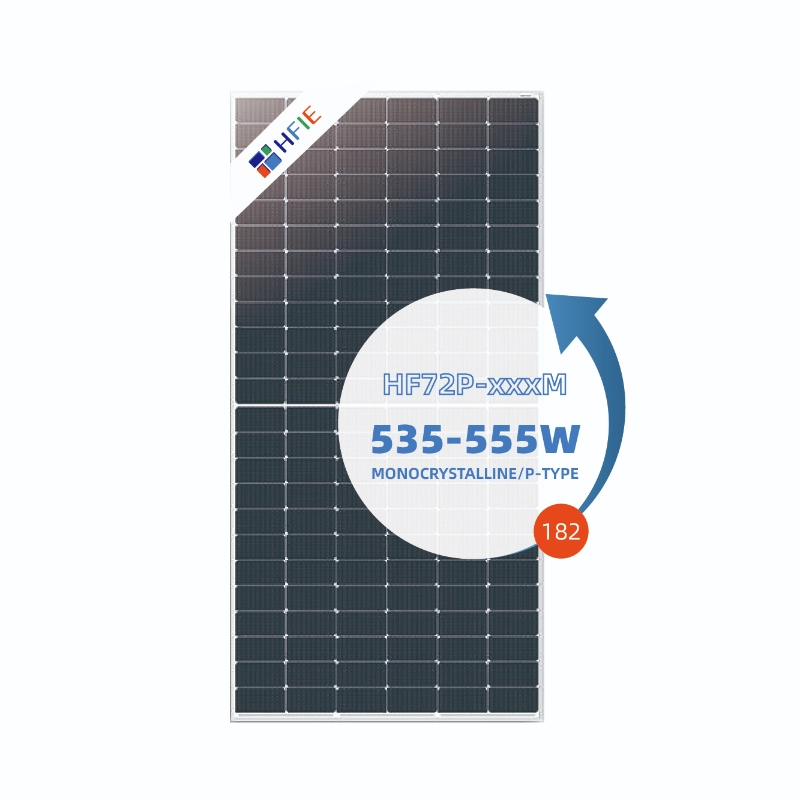With the increasing global demand for clean energy, energy storage technology has become the core of modern energy systems. Especially in the widespread application of renewable energy, how to store energy efficiently and flexibly has become an important issue. BESS (Battery Energy Storage System) and ESS (Energy Storage System) as two major energy storage solutions have gradually attracted market attention. What is the difference between BESS and ESS? How to choose a suitable energy storage system?
What is BESS?
BESS (Battery Energy Storage System) is a system that uses battery technology to store and release electrical energy. Its basic working principle is to store electrical energy through batteries and release the stored electrical energy when demand increases. BESS is usually composed of battery modules, battery management system (BMS), inverters and other auxiliary equipment. Due to its high efficiency and flexibility, BESS has become the first choice for energy storage solutions in various application scenarios.
The main features of BESS include:
High efficiency: BESS can quickly respond to changes in power demand, adapt to sudden load fluctuations, and ensure the stability of power supply.
Flexibility: Depending on the needs, BESS can be applied to power grids of different sizes, and can be used for homes, commercial facilities, and large power systems.
Environmentally friendly: Compared with traditional fossil fuel power generation, BESS can achieve clean energy storage, reduce carbon emissions, and comply with the concept of green environmental protection.
What is ESS?
ESS (energy storage system) is a broader concept. It not only includes battery energy storage, but also covers other forms of energy storage technologies, such as mechanical energy storage, compressed air energy storage, and thermal energy storage. The design purpose of ESS container is to achieve the storage and release of electrical energy through various technical means to balance the difference between energy supply and demand and enhance the stability and reliability of the power system.
The main features of ESS include:
Diversified technologies: ESS includes a variety of energy storage forms. In addition to batteries, flywheel energy storage, hydrogen energy storage, supercapacitors and other technologies can also be used.
Wide applicability: Depending on specific needs, ESS can be optimized for different energy storage application scenarios to meet the needs of large-scale power grids to small distributed energy systems.
Long life and low maintenance costs: Some ESS technologies, especially mechanical energy storage and thermal energy storage systems, have a long service life and low maintenance costs.
Differences between BESS and ESS
Although BESS and ESS are both energy storage systems in essence, there are some key differences between them:
Technical scope: BESS focuses on battery technology, while ESS is a broader concept that includes a variety of energy storage technologies.
Application scenarios: BESS is more suitable for scenarios that require fast response and high energy density, such as home energy storage, power peak load regulation, and energy storage for renewable energy generation. ESS can be applied to a variety of needs, from grid regulation to industrial-level energy storage applications.
Cost and efficiency: Due to the high efficiency and rapid response capabilities of battery energy storage systems, BESS usually has a higher initial investment, but can provide higher economic benefits in long-term operation. Some ESS technologies for mechanical or thermal energy storage, although with low initial investment, may face challenges in efficiency and flexibility.
How to choose the right energy storage solution?
Choosing the right energy storage system needs to be determined based on specific needs. If you need a system that can respond quickly to demand fluctuations and has high energy density, then BESS will be a good choice. It is suitable for home, commercial and small power systems, especially when used in combination with renewable energy, it can greatly improve energy efficiency.
On the other hand, if you are facing large-scale grid regulation needs, or need a more diverse selection of energy storage technologies, ESS will provide more flexibility and choice. Combining different energy storage technologies, ESS can better meet the needs of different levels and provide a more balanced more balanced solar power energy system solution.
Conclusion
With the continuous development of renewable energy technology, energy storage technology will become an important force in promoting energy transformation. BESS and ESS each have unique advantages and play an important role in different application scenarios. Understanding their differences and characteristics will help you choose the most suitable energy storage solution and provide strong support for your energy management.








